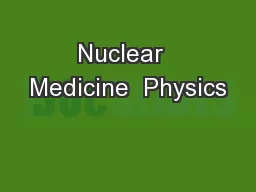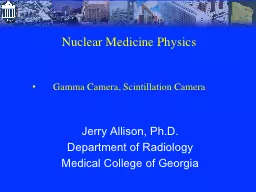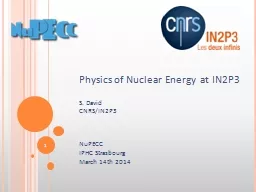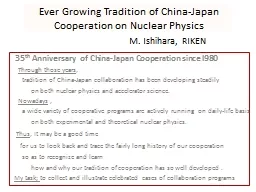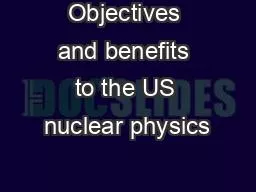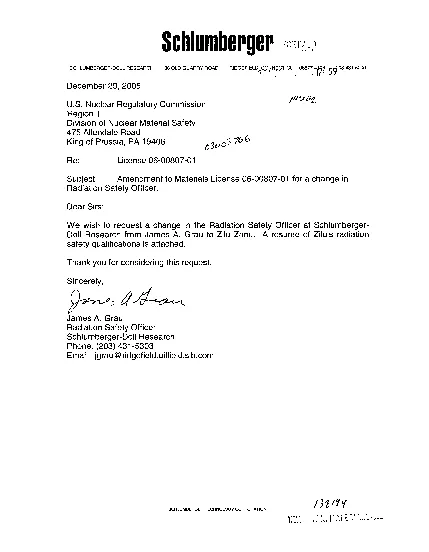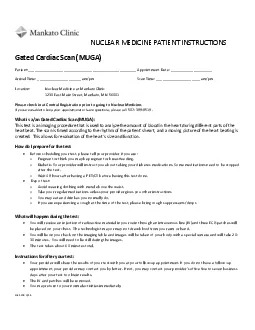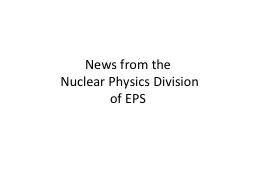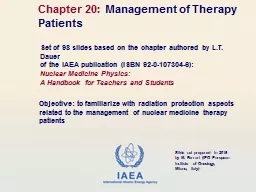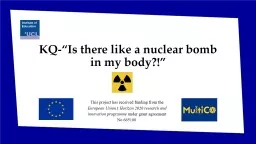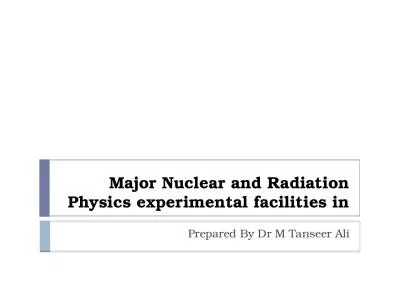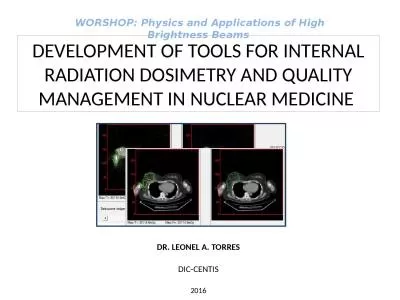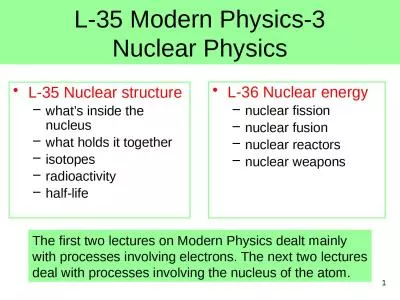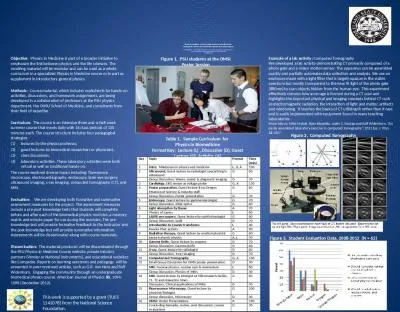PPT-Nuclear Medicine Physics
Author : phoebe-click | Published Date : 2018-03-16
Jerry Allison PhD Department of Radiology Medical College of Georgia Radiation Detectors A note of thanks to Z J Cao PhD Medical College of Georgia And Sameer
Presentation Embed Code
Download Presentation
Download Presentation The PPT/PDF document "Nuclear Medicine Physics" is the property of its rightful owner. Permission is granted to download and print the materials on this website for personal, non-commercial use only, and to display it on your personal computer provided you do not modify the materials and that you retain all copyright notices contained in the materials. By downloading content from our website, you accept the terms of this agreement.
Nuclear Medicine Physics: Transcript
Download Rules Of Document
"Nuclear Medicine Physics"The content belongs to its owner. You may download and print it for personal use, without modification, and keep all copyright notices. By downloading, you agree to these terms.
Related Documents

